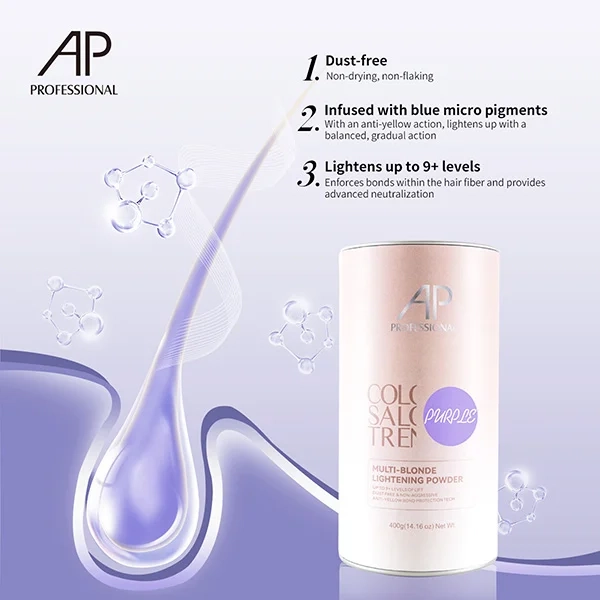Illuminating Your Shots: The Ultimate Guide to Choosing the Best Light for Photography
When it comes to photography, light is not just an element; it is the very essence that shapes your images. The right lighting can transform a mundane scene into a breathtaking masterpiece, while poor lighting can render even the most beautiful subjects dull and lifeless. In this comprehensive guide, we will explore the various types of lighting available to photographers, the science behind light, and practical tips to help you choose the best light for your photography needs.
Understanding the Basics of Light in Photography
Before diving into the specifics of lighting types, it’s essential to understand the fundamental properties of light. Light has three primary characteristics that affect photography:
- Quality: This refers to the softness or hardness of the light. Soft light, often produced by overcast skies or diffused sources, creates gentle shadows and a flattering effect on subjects. Hard light, on the other hand, creates sharp shadows and highlights, which can be dramatic but may also reveal imperfections.
- Direction: The angle at which light hits your subject can dramatically alter the mood and depth of your images. Front lighting can flatten features, while side lighting can enhance texture and dimension. Backlighting can create silhouettes or ethereal glows, adding a layer of creativity to your shots.
- Color Temperature: Measured in Kelvin (K), color temperature affects the mood of your images. Warmer tones (lower K values) evoke feelings of comfort and intimacy, while cooler tones (higher K values) can create a sense of calm or detachment. Understanding how to manipulate color temperature is crucial for achieving the desired emotional impact in your photography.
Natural Light: The Photographer’s Best Friend
Natural light is often considered the gold standard for photography. It is abundant, free, and can produce stunning results when used correctly. Here are some tips for utilizing natural light effectively:
- Golden Hour: The hour after sunrise and before sunset is known as the golden hour. During this time, the sun is low in the sky, casting a warm, soft light that is ideal for portraits and landscapes. The long shadows and rich colors can add depth and interest to your images.
- Overcast Days: Cloud cover acts as a natural diffuser, softening the light and reducing harsh shadows. This is an excellent time for shooting portraits, as the even lighting flatters skin tones and minimizes blemishes.
- Reflectors: Using reflectors can help bounce natural light onto your subject, filling in shadows and creating a more balanced exposure. White, silver, and gold reflectors each produce different effects, allowing for creative control over your lighting.
Artificial Light: Expanding Your Creative Horizons
While natural light is fantastic, it is not always available or reliable. This is where artificial lighting comes into play. Here are some common types of artificial light sources used in photography:
- Continuous Lighting: This type of lighting provides a constant source of illumination, allowing photographers to see how the light affects their subject in real-time. LED panels and softboxes are popular choices for continuous lighting, as they produce soft, even light that is easy to work with.
- Flash Photography: Speedlights and studio strobes are powerful tools for freezing motion and illuminating subjects in low-light conditions. Understanding how to use flash effectively, including techniques like bouncing and diffusing, can elevate your photography to new heights.
- Light Modifiers: Softboxes, umbrellas, and grids are essential accessories that modify the quality and direction of light. Softboxes diffuse light, creating a soft, flattering effect, while grids help control the spread of light, allowing for more precise lighting setups.
Choosing the Best Light for Your Photography
The best light for your photography ultimately depends on your subject, style, and the mood you wish to convey. Here are some practical considerations to help you make the right choice:
- Assess Your Environment: Before shooting, evaluate the available light in your environment. Consider the time of day, weather conditions, and the natural light sources present. This will help you determine whether to rely on natural light or supplement it with artificial sources.
- Experiment with Different Setups: Don’t be afraid to experiment with various lighting setups. Try shooting the same subject under different lighting conditions to see how it affects the final image. This hands-on approach will deepen your understanding of light and its impact on photography.
- Post-Processing: Remember that lighting can also be adjusted in post-processing. While it’s best to get the lighting right in-camera, tools like Adobe Lightroom and Photoshop can help you fine-tune exposure, contrast, and color temperature after the fact.
Conclusion
Choosing the best light for photography is a nuanced process that requires an understanding of light’s properties, the ability to assess your environment, and a willingness to experiment. Whether you opt for the natural beauty of sunlight or the controlled precision of artificial lighting, mastering the art of light will significantly enhance your photographic skills. By applying the principles outlined in this guide, you can illuminate your shots and create stunning images that resonate with viewers. Remember, in photography, light is not just a tool; it is the canvas upon which your artistic vision is painted.


